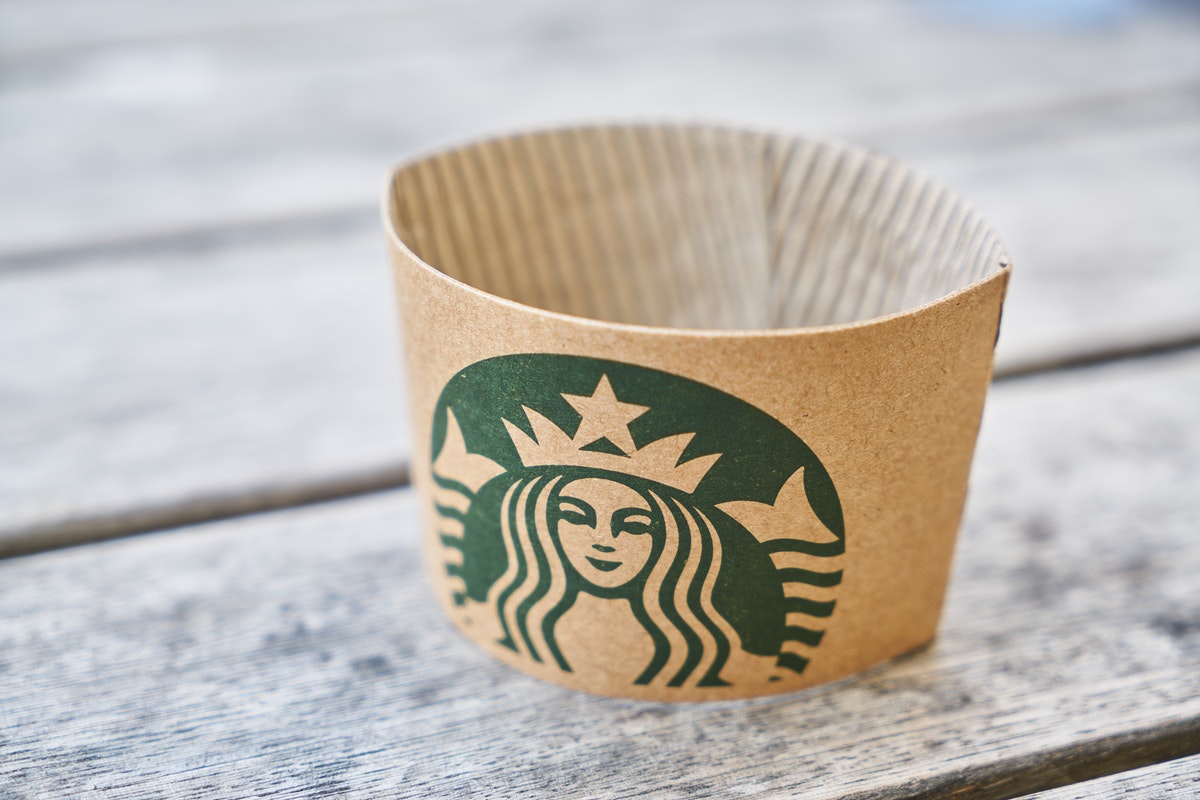Many business owners take colors for granted. They are often immersed in offering the best products and improving customer service that they tend to take the colors of their business for granted. This is even if they have been working with colors even before they started the business.
We use colors to paint physical stores, create brand logos, in marketing businesses, and in protecting our assets. We use different varieties of mediums and tools to make this happen. Depending on our intention, there is a lot that goes with choosing colors and how we apply these in our business.
Color Psychology: Why It Matters More Than You Think
Colors can have different uses. First, we use this to make a statement. What color palette you choose and how you incorporate colors can make a big difference for your brand.
When it comes to your branding, you don’t simply use colors that you think would look good on your logo. You also need to consider taking advantage of colors that can invoke the kind of emotions you want your target audiences to feel. Remember that you can drive customer’s buying decisions with the help of colors.
Your product’s packaging, for instance, can influence your customer’s decision to buy or not. These days, consumers want eco-friendly packaging. They also take your product’s presentation into consideration and your chosen color scheme.
A study shows that, depending on the product, up to 90% of consumers creating snap judgments would buy goods based on color alone. Remember that consumers have this perception of your brand based on the colors you choose. Colors can influence a consumer’s impression due to the personality your brand shows off through your choices of colors.
Aside from building your brand image and marketing your offers, colors also play a role in protecting your assets. For instance, if you have cryogenic tanks for your business, then you could benefit from industrial tank painting. This can help in extending tank life and in ensuring you stay compliant.
Do you remember what colors your favorite brands have for their staff uniforms? They use colors to help customers easily find help in looking for products or in asking questions. You can require your employees to wear colored uniforms to make it easier for you to distinguish which ones work for what department.
Using Colors to Meet Business Goals
The great thing about colors is that you can use one or more colors depending on your business purpose. Note that different colors can evoke varying emotions. The kind of business you run and what types of products you offer can benefit from your color of choice.
These are the general effects and meanings colors can have for your brand:
White
White stands for simplicity, purity, professionalism, health, and cleanliness. This can be the perfect background since it makes other colors pop out.
Black
Black is powerful, edgy, modern, sophisticated, and creepy. It offers a sense of mystery, formality, darkness, and sensuality, making a good choice if you want to evoke a bold and powerful aura.
Red
Red can signify love, anger, passion, danger, and excitement. You can use this if you want your services to look bold, intimidating, and confident.
Yellow
We often associate yellow with happiness, youth, warmth, energy, and affordability. This color can be attention-grabbing thanks to its bright hue. One needs to be careful with using yellow as this can evoke feelings of anxiety if used the wrong way.
Orange
Orange is cheerful, friendly, energetic, warm, and affordable. We often associate orange when the seasons change from summer to autumn.
Blue
We often think of blue as something masculine, peaceful, stable, and refreshing. Sometimes, it can also mean sadness, authority, and formality.
Purple
We often think of luxury, creativity, and royalty when seeing purple. Some associate this with magic, imagination, intrigue, and spirituality.
Green

Brands often use green to symbolize finances, good luck, wealth, health, renewal, the environment, and harmony. It can also refer to growth, prosperity, balance, and maturity. This is usually the go-to color for brands that are eco-friendly and organic.
Gray
Gray is for neutralism, mystery, classic, formal, and efficient. It denotes practicality, formality, and professionalism, which is why corporate brands often use gray in their logo and offices.
Pink
For innocence, youth, femininity, luxury, and modern, brands often use the pink color. It is usually the color businesses use to show off products and services that are sweet, girly, fun, romantic, and delicate.
Brown
Brown is old-fashioned, rugged, warm, earthy, and reliable. Some brands use brown to evoke trust. Most eco-friendly brands with environment-friendly packages also use brown colored-packaging.
Note that the meanings of different colors can vary from one person to another. There is also color symbolism across different cultures. This is why you need to pay more attention to your customers before using any color to avoid sending the wrong message.
Colors do more than simply bring life to your brand’s logo. This can also impact your marketing strategy and how your customers will feel about your offers. Use colors wisely and you can take advantage of our customer’s emotions to increase brand recognition and sales.
